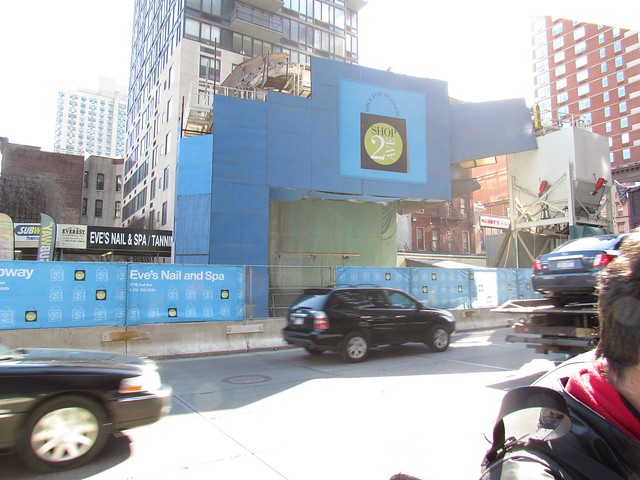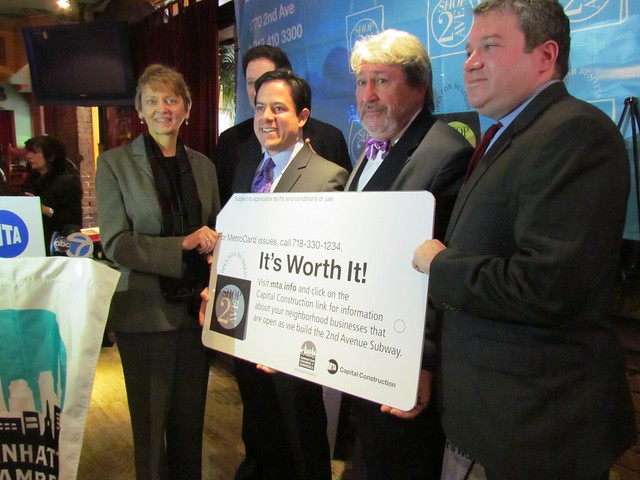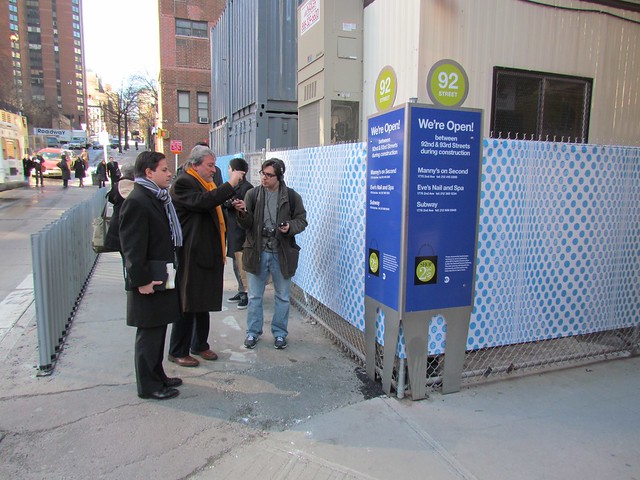As MTA appropriations come under fire in New York State, the GOP-controlled House could attempt to take money away from New York’s transit agency as well. As amNew York reports today, a House budget proposal under consideration this week could take $1 billion in federal aid away from the city. Included in those cuts are $73 million in grants the MTA would have used for “rail and bus infrastructure and security projects.”
I’m working on tracking down the text of this bill, but needless to say, this development is not a welcome one. By and large, though, I’m surprised to see any cuts in security funding. The subway system remains one of the most vulnerable and attractive terrorist targets in the nation, and we shouldn’t wait for an attack to make sure the system is protected.























